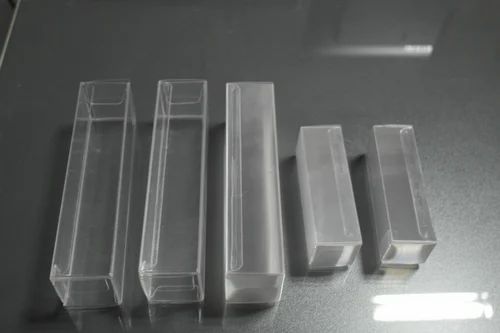In the digital age, where information is predominantly consumed online, the importance of high-quality printing should not be underestimated. Whether it's for business documents, marketing materials, or personal projects, choosing the right format for printing is crucial. In this blog post, we will explore various formats and delve into the factors that determine which format is better for printing.
- Understanding the Different Printing Formats:
1.1. PDF (Portable Document Format):
PDF is widely regarded as the go-to format for printing due to its versatility and compatibility across different devices and operating systems. It preserves the layout, fonts, and graphics of the original document, ensuring consistent printing results.
1.2. TIFF (Tagged Image File Format):
TIFF is commonly used for printing high-resolution images and photographs. It supports lossless compression, enabling the preservation of intricate details and vibrant colors. However, TIFF files tend to be larger in size, making them less suitable for text-heavy documents.
1.3. EPS (Encapsulated PostScript):
EPS is primarily used for vector graphics, such as logos and illustrations. It ensures sharp and crisp printing, regardless of the output size. EPS files are resolution-independent, allowing for scalability without compromising quality.
- Factors Influencing the Choice of Printing Format:
2.1. Document Type and Purpose:
Consider the nature of your document. If it contains a mix of text and images, PDF would be an ideal choice. For high-quality images, TIFF or EPS formats may be more suitable.
2.2. Printing Method:
The printing method employed also plays a role in format selection. Offset printing, commonly used for large print runs, favors PDF files. On the other hand, digital printing may accommodate various formats, including TIFF and EPS.
2.3. File Size and Storage:
If file size is a concern, PDF offers the advantage of compressing large documents without compromising quality. TIFF files, although larger, retain every detail and are ideal for archival purposes.
- Best Practices for Optimal Printing Results:
3.1. Color Management:
Ensure that your document's color profile is accurately calibrated to match the printing process. This will help maintain color consistency and avoid any unexpected variations.
3.2. Image Resolution:
For images, always use high-resolution files to avoid pixelation or blurriness. Aim for a resolution of at least 300 dots per inch (DPI) to achieve sharp and clear prints.
3.3. Bleed and Margins:
When designing documents intended for full-bleed printing (where the ink extends to the edge of the paper), ensure that important content is placed within the safe zone to avoid any trimming issues.
Conclusion:
Choosing the right format for printing is essential to achieve high-quality results. PDF, TIFF, and EPS formats each have their strengths, catering to different document types and printing requirements. By considering factors such as document type, printing method, and file size, you can make an informed decision on which format is better suited for your printing needs. Remember to adhere to best practices, such as color management, image resolution, and proper design considerations, to ensure optimal printing outcomes. Embrace the power of print and make a lasting impression with your meticulously crafted documents.



